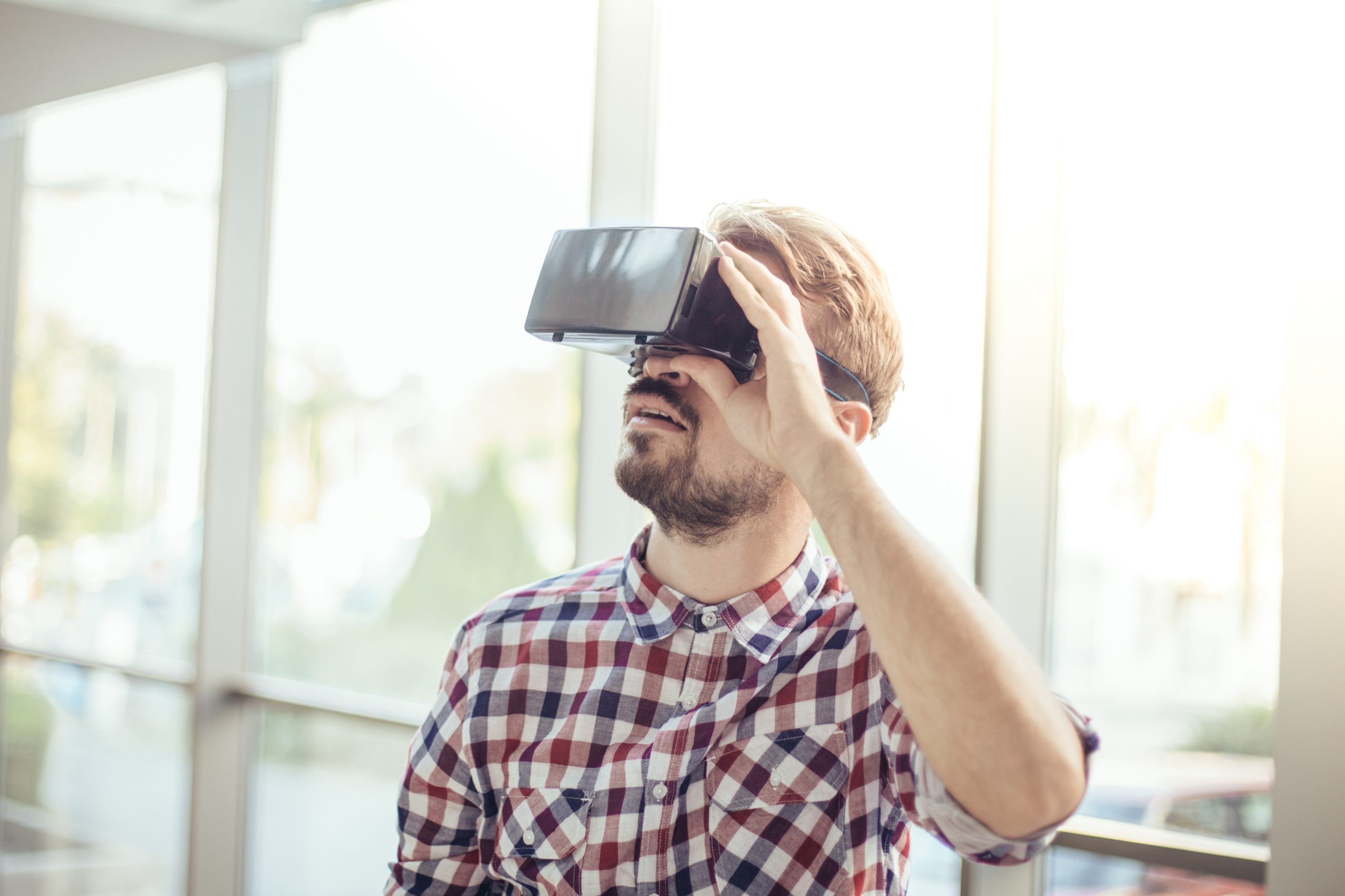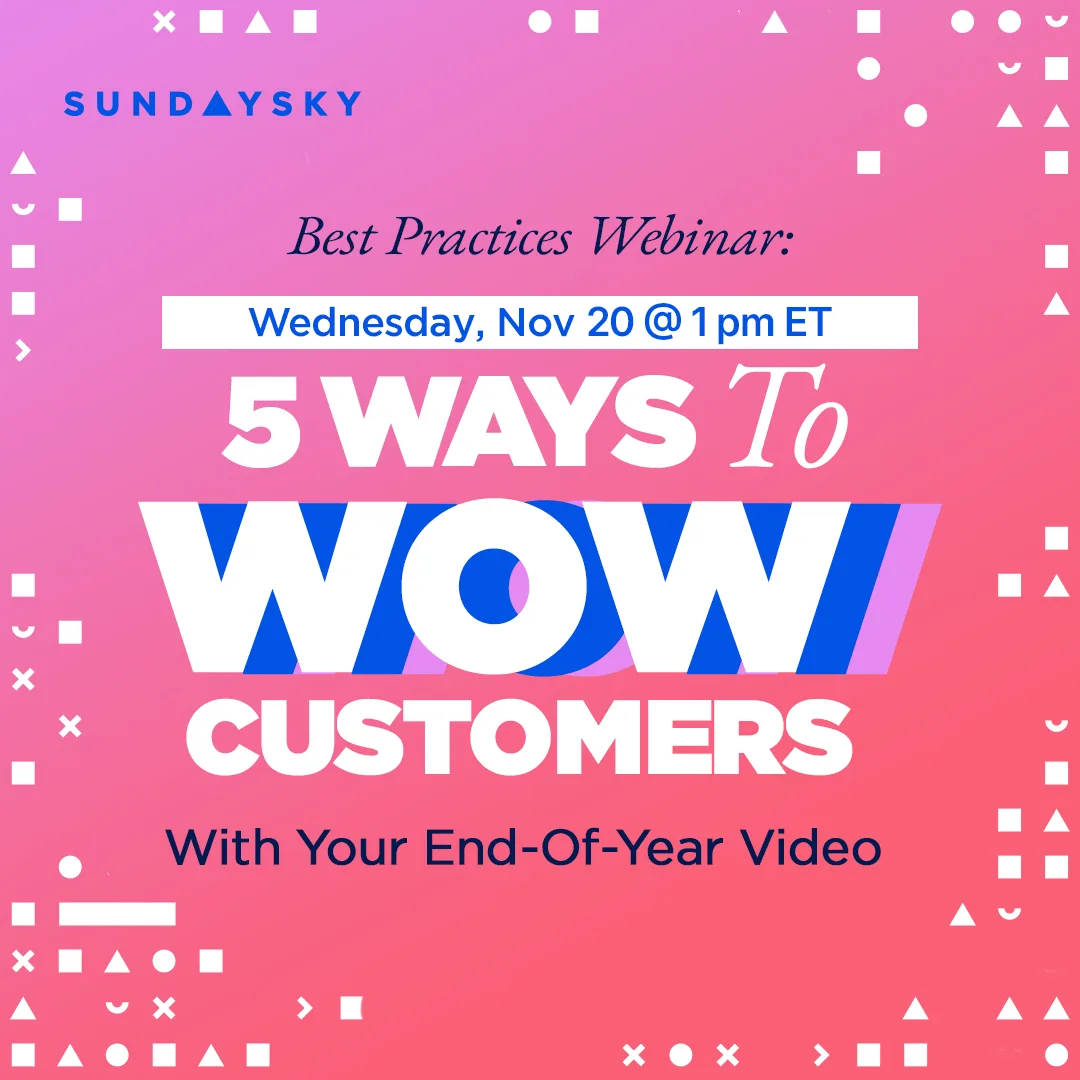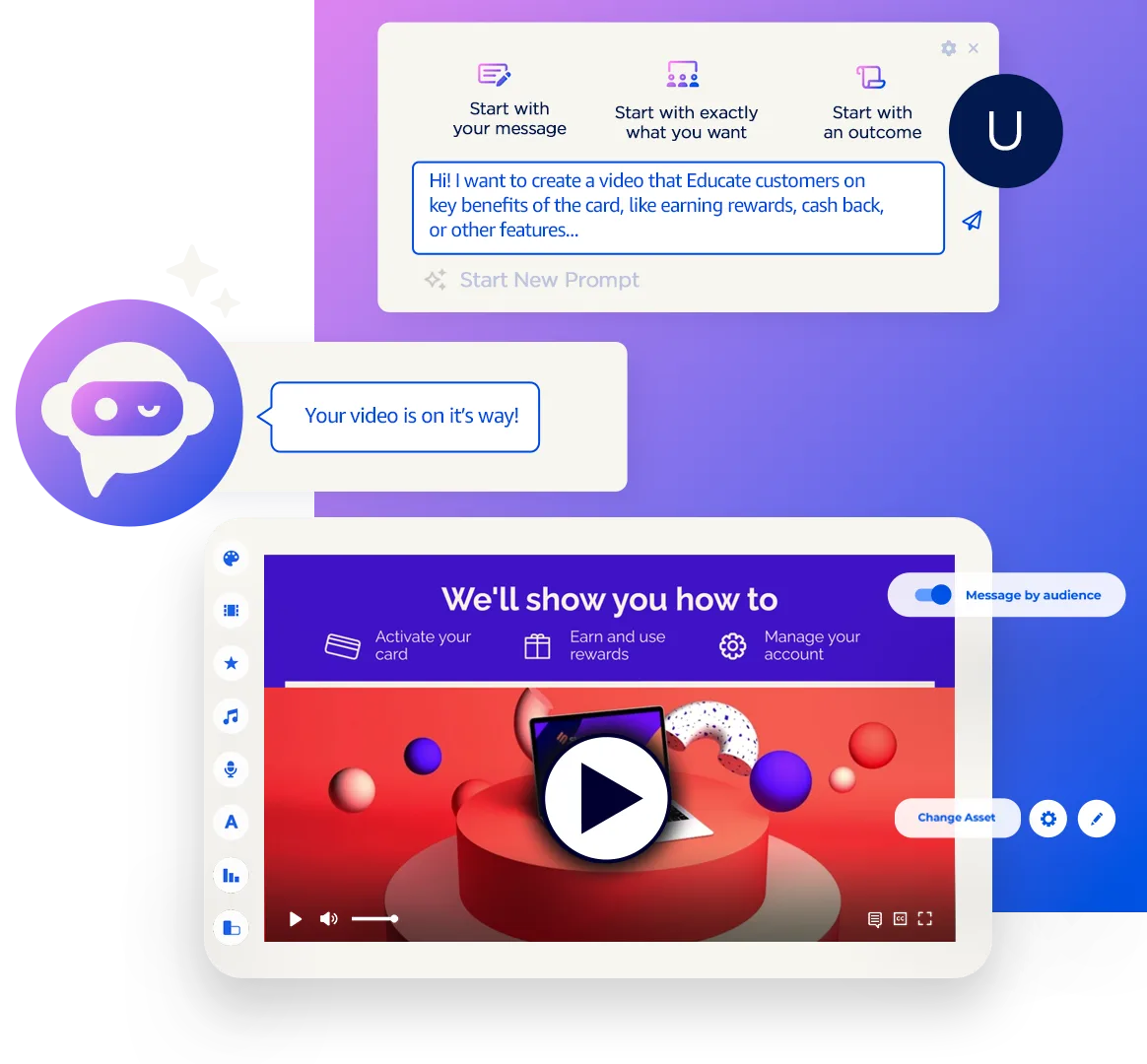There is no denying that 2016 was an eventful year – the U.S. presidential election, Leonardo DiCaprio’s Oscar win, the end of the curse on the Chicago Cubs, Brexit and Pokémon Go are just a few highlights. (Along with our own one billion SmartVideo views milestone moment.) And, of course, there were a number of key digital marketing trends that we were keen to track. As we begin this new chapter in 2017, we’re taking a moment to look back at new developments from last year and share my thoughts about what’s to come in the next 12 months.
1. The rise of 360-degree video
As developers continue to figure out how to bring virtual and augmented reality into the mainstream, a stepping stone in the right direction has been the introduction of 360-degree video experiences, which create a natural, authentic and immersive viewing experience. While currently still in its early days, 2017 will see 360-degree video come to lead the digital video landscape. Based on consumers’ FOMO and their preference for content that puts them (and what’s relevant and important to them) front and center, we anticipate 360-video and personalization coming together next year. Personalized 360-video will help consumers fulfill their desires to fully experience the destinations, music festivals and other activities they’re most interested in, without having to be physically present.
2. The popularity of live video
2016 saw Facebook invest heavily in its live video platform to help drive adoption of this medium. We see live video, on Facebook and elsewhere, continue to evolve and grow into a powerful brand tool. Brands like Neiman Marcus and The Home Depot have already seen the value of using this highly interactive experience to reach and engage consumers. In 2017, we’ll see more brands take advantage of live video’s combination of authentic, user-generated content and interactivity to connect and engage with their customers directly.
3. The desire for holistic data-driven strategies
It’s clear that marketers want to create holistic data strategies to use the right level of data and personalization to engage customers better. However, it surprises me that the data is still not structured or organized to enable its use in a meaningful way. My hope is that data management and use will continue to mature in 2017, eventually making it easier to track individuals across every interaction they have with a brand. This will hopefully lead to more sophisticated use of data to show brands the opportunities to engage their customers in more relevant and relatable ways, beyond simply retargeting a shopper within a 30-day window.
In 2017, as video continues to become more prominent in the overall content space, we look forward to seeing these above marketing trends come together to create a ripe opportunity for brands to get their personalized video strategies in order.







